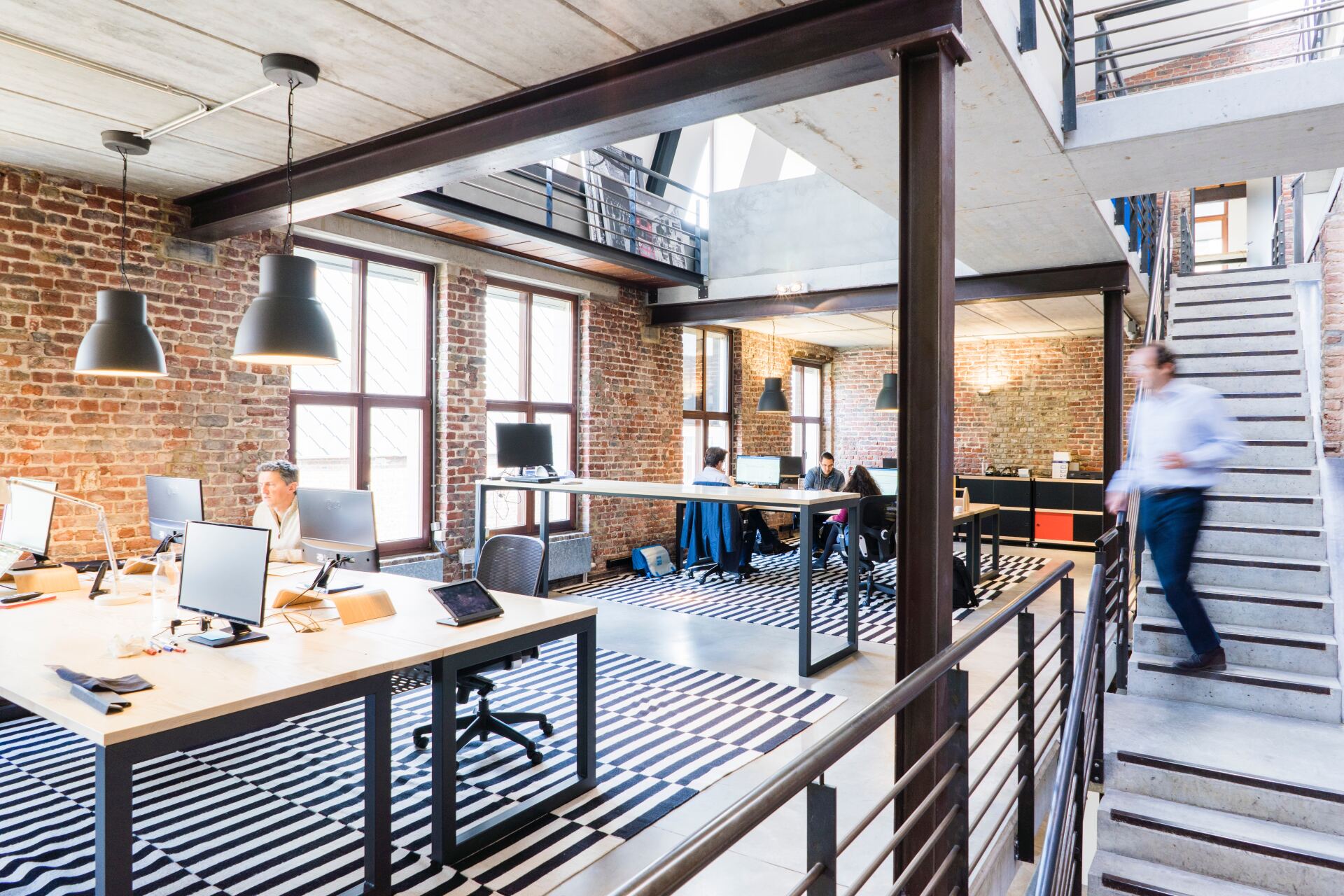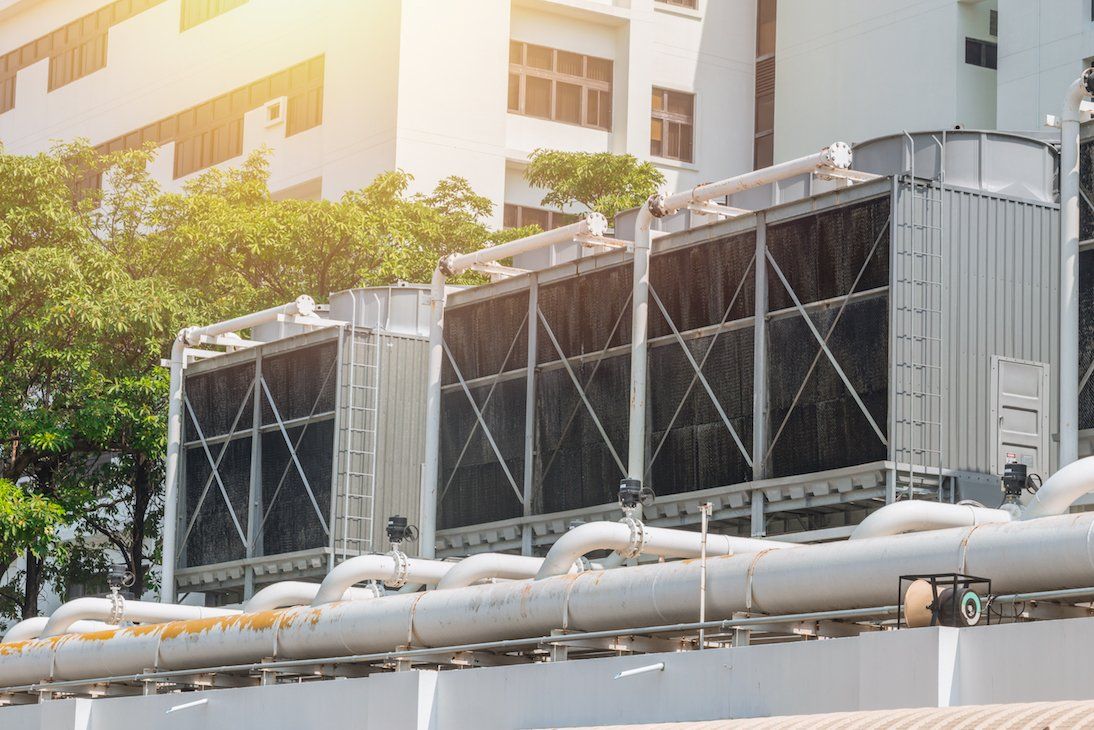Top tips for making buildings more resilient to heatwaves
The world’s weather is becoming more unpredictable as global temperatures rise. In the UK most climate scientists expect summers to get hotter and intense heat waves to become more common. This means most managers and commercial property owners are going to have to get to grips with air-conditioning and associated plant that go with it in commercial buildings.
The problem is air-conditioning has a significant impact on the day-to-day running costs and profit margins of a building as well as its carbon footprint. The Carbon Trust estimates air-conditioning can increase energy costs, and associated carbon, by 30% on average compared to naturally ventilated buildings.
In addition a 2016 report on air-conditioning use in the UK by the
Building Research Establishment (BRE), commissioned by the government, calculated that electricity consumption due to air-conditioning was 25% higher in southern, urban hot spots such as London compared to northern cities such as Glasgow.
Chillers need to go up the priority list
Air-conditioning plant is expensive to buy, install and maintain. Because it uses refrigerants which are, generally, highly pressurised greenhouse gases, specialists must always be used.
Many buildings also rely on old and poorly maintained chillers. During the long winter months the temptation to keep pushing chillers down the priority list of a preventative maintenance schedule is often overwhelming. The BRE study analysed national air-conditioning inspection reports and found 65% of these had specific recommendations related to maintenance issues that, if addressed, would improve efficiency and reduce energy costs.
And in those weeks when the mercury soars, chillers will be the only piece of equipment in a building that matters. If they are old or poorly maintained, they will not cope with such sudden spikes in temperatures as we saw last summer.
It is not unheard of to find large office buildings needing to be evacuated because chillers have buckled under the pressure when temperatures hit 30°C. Such incidents are not popular amongst tenants and may crop up as evidence in future lease renewal negotiations.
Allow enough time to co-ordinate chiller replacements
The BRE study found that air-conditioning energy consumption levels in new buildings and buildings that had had major refurbishments was considerably lower compared to existing stock as chiller technology and building design continues to improve.
However, it takes months to co-ordinate chiller replacements and involves the preparation of detailed specifications, designs and the running of tender processes. It also needs careful project management to ensure equipment delivery times, permissions and road closures for crane lifts are all co-ordinated. Chillers will be some of the biggest pieces of plant in a building and schedules cannot be changed to fit weather forecasts.
Three top tips on using air-conditioning more effectively in your building:
- Use air-conditioning inspection reports as part of a strategic approach to energy and carbon reduction. Depending on the type and size of system installed properties will require both annual F-gas inspections to check for leaks and TM44 inspections every 5 years to look at the energy efficiency of the system. Many property owners regard these inspections as paperwork box ticking and never read them. Yet often a few simple changes to existing plant can significantly improve energy and carbon emissions. For example, it is not uncommon to find fresh air being heated and then cooled to achieve optimum thermal comfort in some buildings or plant to be running unnecessarily overnight and at weekends.
- The control system is as important as the mechanical equipment. Our experience shows that the incorrect set up of building management systems (BMS) is often a major contributor to the energy wastage associated with air-conditioning systems. This is echoed in the BRE research which found the most common recommendations from air-conditioning inspection reports related to control settings.
- Know which refrigerant your system is using. Release of refrigerant gas causes significant environmental damage and it must be removed in line with hazardous waste regulations. Some older refrigerants have been outlawed because of the potential impact on the environment. Even amongst those that are legal, some are still highly flammable so where chillers are placed in a building will be impacted. Incorrect placement could invalidate buildings insurance.













